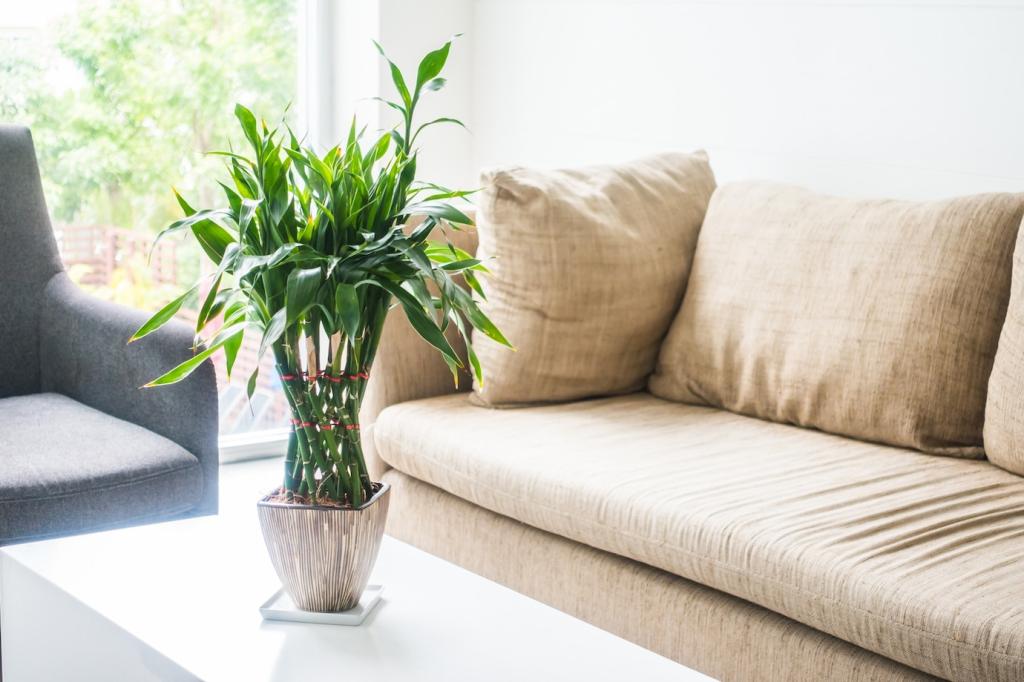In today’s eco-conscious world, embracing energy-efficient lighting is a cornerstone of building and maintaining a sustainable home. Not only do these solutions reduce electricity consumption and lower utility bills, but they also play a crucial role in minimizing carbon footprints and supporting environmental health. This page delves into the innovative options, design strategies, and technological advancements in energy-efficient lighting, empowering homeowners to make informed choices for a greener future.
The Importance of Energy-Efficient Lighting
Environmental Impact
Switching to energy-efficient lighting dramatically decreases the environmental impact of residential energy consumption. Traditional incandescent bulbs use far more electricity and have a much shorter lifespan than their modern counterparts, leading to more frequent replacements and increased waste. By contrast, energy-efficient solutions, such as LEDs and CFLs, last longer and use a fraction of the energy, resulting in less greenhouse gas emissions at the power generation stage. Over time, widespread adoption helps mitigate global warming and supports conservation efforts, making it a vital choice for environmentally responsible homeowners.

Technologies Transforming Home Lighting
Light Emitting Diode (LED) technology has revolutionized home lighting due to its remarkable efficiency and versatility. LEDs consume up to 85% less energy than incandescent bulbs and provide a wide range of color temperatures and brightness levels to suit any space. Unlike conventional lighting, LEDs are durable, offer instant illumination, and can withstand frequent switching without compromising performance, making them an ideal choice for environmentally conscious homeowners who also value aesthetics and practicality.
Previous
Next

Layered Lighting Techniques
Layered lighting implementation involves incorporating ambient, task, and accent lighting to achieve both energy efficiency and functional illumination. By using different types of lighting only where and when they’re needed, homeowners avoid over-lighting spaces, dramatically reducing electricity usage. For example, targeted task lighting can be used in kitchens and offices, while softer ambient lighting maintains comfortable overall light levels. This purposeful approach ensures that illumination is not just uniform but also intelligently tailored to each room’s specific requirements.
Maximizing Natural Light
Utilizing natural daylight is one of the most sustainable ways to brighten a home. Thoughtful architectural elements such as large windows, skylights, light shelves, and reflective surfaces can bring sunlight deep into interior spaces, greatly reducing the need for artificial lighting during daylight hours. Careful consideration of window placement and the use of energy-efficient glazing can also help minimize heat loss or gain, keeping the home comfortable and environmentally friendly while cutting down significantly on electricity usage.
Choosing the Right Fixtures
Selecting energy-efficient fixtures is crucial to optimizing lighting performance and sustainability. Fixtures designed for LED or solar technologies often feature improved heat dissipation, higher lumen output per watt, and sleeker aesthetics that blend seamlessly into modern home designs. Understanding wattage, lumens, and color temperature enables homeowners to match fixtures perfectly to their space and lighting needs, ensuring comfort, quality, and efficiency go hand in hand.
